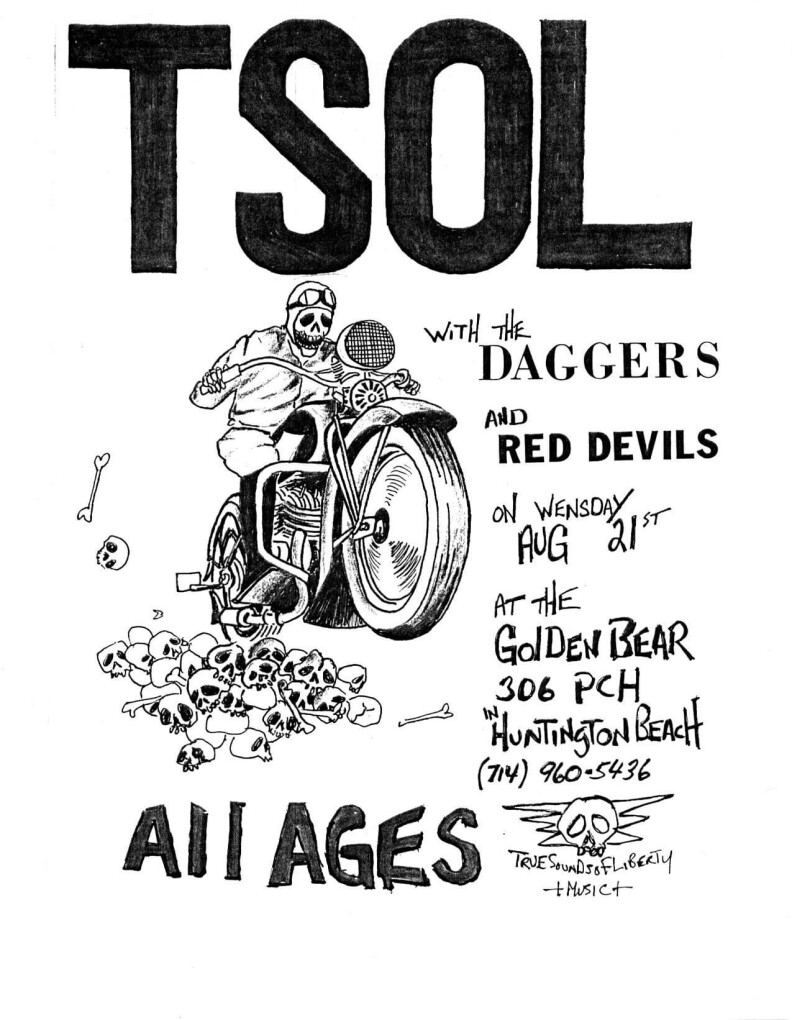Orange County has long held the tourist destination title. Knott’s Berry Farm opened in 1920 and put Buena Park on the map, welcoming droves of visitors at a time when the county was filled with open spaces. Disneyland arrived 35 years later in Anaheim and solidified the region as a bona fide tourist destination.
Chris Epting is the author of The Lost Landmarks of Orange County.
"You had a room for these things that L.A. didn't really have at that time," he said in an interview with LAist's daily news program, AirTalk.
While those theme parks remain open, Orange County has a running list of attractions that have long been forgotten.

-
Nonprofit's launching fundraiser to keep it afloat
-
USC study documents what residents want from trees
-
What candidates can — and can't — say they do
One of those includes Irvine's Lion Country Safari, where you could drive your car through a faux reserve filled with lions, hippos, elephants and other wildlife in a questionable environment.
Daring theme parks and a hippo escape
There was also the California Alligator Farm and the Japanese Village Deer Park in Buena Park, as well as the Buffalo Ranch in Irvine. Epting said it was common for people to visit the California Alligator Farm or Buena Park’s Movieland Wax Museum after spending time at another amusement park.

"So Orange County really became this tourist mecca, with the advent of Knott's Berry Farm and Disneyland,” he said.
Some of the more questionable theme parks included the Lion Country Safari. In 1978, Bubbles — the risk-taking hippopotamus — made a daring escape. Her outbreak lasted nearly three weeks before she was discovered in a creek along Laguna Canyon road. However, Bubbles’ short adventure turned into a tragedy after authorities shot and killed her with tranquilizers.
Notable music venues
Led Zeppelin played their second show in the United States at the University of California, Irvine in 1969, and an early iteration of Metallica also played Fullerton's Billy Barty's Roller Fantasy in 1982.
It was also home to infamous punk venues like The Doll Hut in Anaheim and Safari Sam's in Huntington Beach, where bands like the Adolescents, Social Distortion and the Middle Class played to young and angry suburbanites.

Epting called Orange County's '80s punk movement homegrown.
"Unlike a lot of places where kids would come from other areas, the O.C. scene was sort of based on surf and skate and backyard parties," he said.
The Ski Villa
Epting called Ski Villa in Carbon Canyon one of the worst ideas in Orange County history. It was a giant hill built in the mid-1960s that only lasted for a year.
“They literally concreted a giant hill,” he said. “Put two million interlocking white tiles there that you would ski down, but enough broken legs and broken backs shut it down in a year.”
Still, Epting said Orange County provided a counterpoint to Los Angeles while only being 30 minutes away.
“You could experience these things that really were special and unique for tourists and locals alike," he said.







